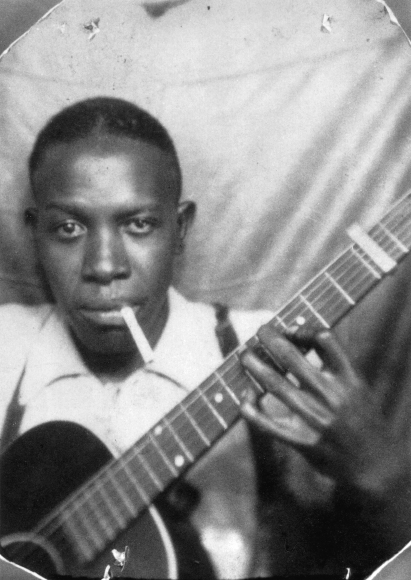Rock and Roll Is Here to Stay

The cultural storm called rock and roll hit in the mid-1950s. As with the term jazz, rock and roll was a blues slang term for “sex,” lending it instant controversy. Early rock and roll was considered the first “integrationist music,” merging the black sounds of rhythm and blues, gospel, and Robert Johnson’s screeching blues guitar with the white influences of country, folk, and pop vocals.9 From a cultural perspective, only a few musical forms have ever sprung from such a diverse set of influences, and no new style of music has ever had such a widespread impact on so many different cultures as rock and roll. From an economic perspective, rock and roll was the first musical form to simultaneously transform the structure of sound recording and radio. Rock’s development set the stage for how music is produced, distributed, and performed today. Many social, cultural, economic, and political factors leading up to the 1950s contributed to the growth of rock and roll, including black migration, the growth of youth culture, and the beginnings of racial integration.
The migration of southern blacks to northern cities in search of better jobs during the first half of the twentieth century had helped spread different popular music styles. In particular, blues music, the foundation of rock and roll, came to the North. Influenced by African American spirituals, ballads, and work songs from the rural South, blues music was exemplified in the work of Robert Johnson, Ma Rainey, Son House, Bessie Smith, Charley Patton, and others. The introduction in the 1930s of the electric guitar—a major contribution to rock music—gave southern blues its urban style, popularized in the work of Muddy Waters, Howlin’ Wolf, Sonny Boy Williamson, B.B. King, and Buddy Guy.10
During this time, blues-based urban black music began to be marketed under the name rhythm and blues, or R&B. Featuring “huge rhythm units smashing away behind screaming blues singers,” R&B appealed to young listeners fascinated by the explicit (and forbidden) sexual lyrics in songs like “Annie Had a Baby,” “Sexy Ways,” and “Wild Wild Young Men.”11 Although it was banned on some stations, by 1953 R&B continued to gain airtime. In those days, black and white musical forms were segregated: Trade magazines tracked R&B record sales on “race” charts, which were kept separate from white record sales tracked on “pop” charts.

Another reason for the growth of rock and roll can be found in the repressive and uneasy atmosphere of the 1950s. To cope with the threat of the atomic bomb, the Cold War, and communist witch-hunts, young people sought escape from the menacing world created by adults. Teens have always sought out music that has a beat—music they can dance to. In Europe in the late 1700s, they popularized the waltz; and in America during the 1890s, they danced the cakewalk to music that inspired marches and ragtime. The trend continued during the 1920s with the Charleston, in the 1930s and 1940s with the jazz swing bands and the jitterbug, in the 1970s with disco, and in the 1980s and 1990s with hip-hop. Each of these twentieth-century musical forms began as dance and party music before its growing popularity eventually energized both record sales and radio formats.
Perhaps the most significant factor in the growth of rock and roll was the beginning of the integration of white and black cultures. In addition to increased exposure of black literature, art, and music, several key historical events in the 1950s broke down the borders between black and white cultures. In 1948, President Truman had signed an executive order integrating the armed forces, bringing young men from very different ethnic and economic backgrounds together at the time of the Korean War. Even more significant was the Supreme Court’s Brown v. Board of Education decision in 1954. With this ruling, “separate but equal” laws, which had kept white and black schools, hotels, restaurants, rest rooms, and drinking fountains segregated for decades, were declared unconstitutional. A cultural reflection of the times, rock and roll would burst forth from the midst of these social and political tensions.